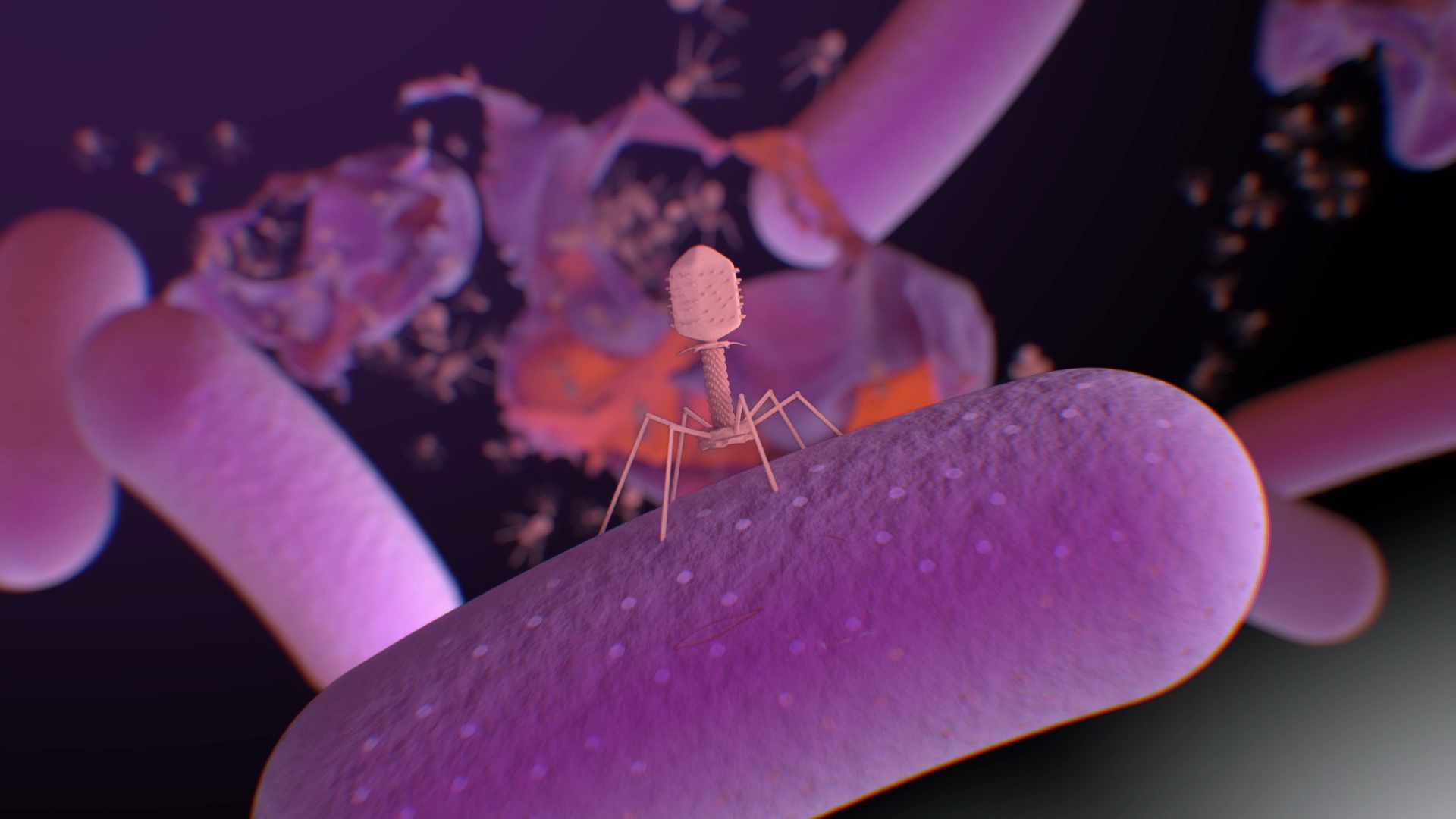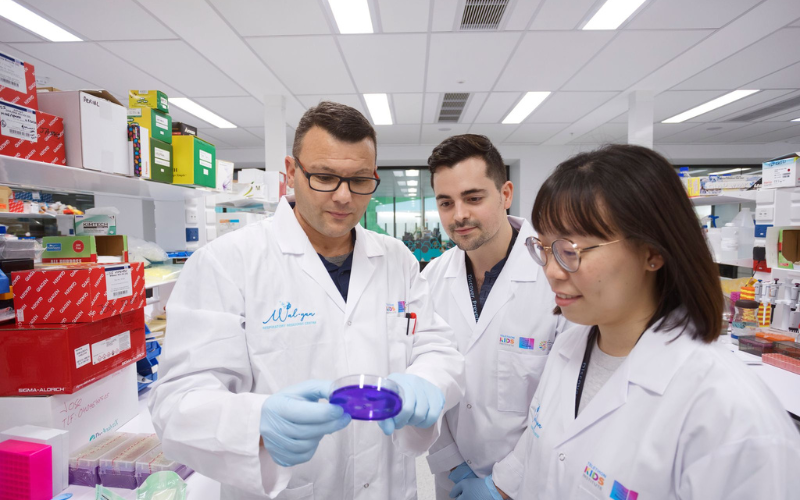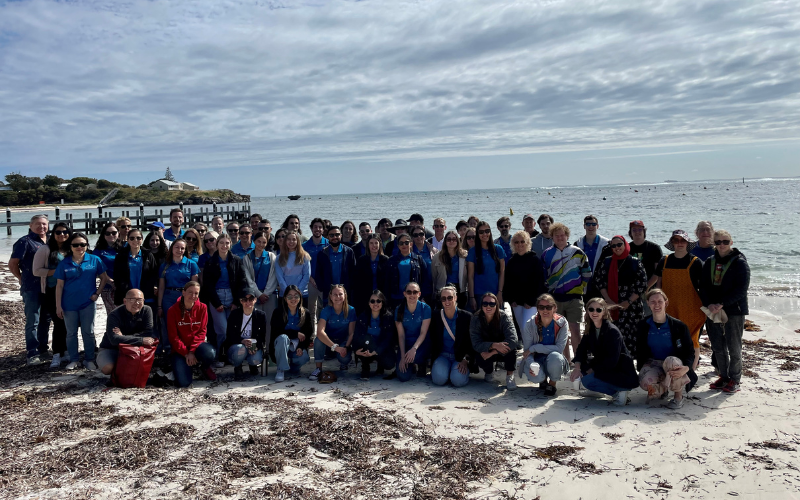Search

News & Events
Wal-yan researchers to join global respiratory congress in ViennaResearchers from the Wal-yan Respiratory Research Centre are proud to be part of this prestigious event, contributing their expertise to the Congress' outstanding scientific programme.

Multiple Breath Washout Outcomes Are Sensitive to Inflammation and Infection in Children with Cystic Fibrosis The multiple breath washout technique

Induced sputum to detect lung pathogens in young children with cystic fibrosis Summary. Introduction: Induced sputum sampling holds promise as a

The association between Staphylococcus aureus and subsequent bronchiectasis in children with cystic fibrosis Abstract Background: Staphylococcus

Early Lung Disease in Infants and Preschool Children with Cystic Fibrosis. What Have We Learned and What Should We Do about It? Abstract The past

"Compassionate Use" treatments are novel treatments not widely available to everyone, but ones that holds great promise for potentially becoming a widely used treatment in the future.

News & Events
Patients with antibiotic-resistant lung infections to receive promising phage therapy treatment as part of new trial led by The Kids Research Institute Australia Researcher Anthony KicicPatients with lung infections that are not responding to antibiotics will be treated with phage therapy as part of a translational trial program to be undertaken by world-recognised experts in this field.

News & Events
Great minds come together at Wal-yan Scientific RetreatWal-yan Respiratory Research Centre team members and special guests travelled to Wadjemup (Rottnest) on 27 and 28 October to spend an intensive two days together learning about, and providing input into, the broad range of research projects underway within the Centre.

News & Events
Nine-year-old Beau cuts his curls to fight cancerMeet Beau Jones. Beau is nine-years-old and lives in Eaton where he likes playing basketball and hanging out with his brothers. He’s also passionate about standing up to cancer!

News & Events
Some heroes wear capes. Some heroes wear lab coats. And some heroes wear school uniforms, just like you!Ten-year-old Isabelle decided to make and sell loom band bracelets to raise money for The Kids Research Institute Australia.
